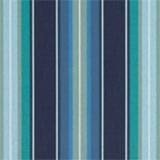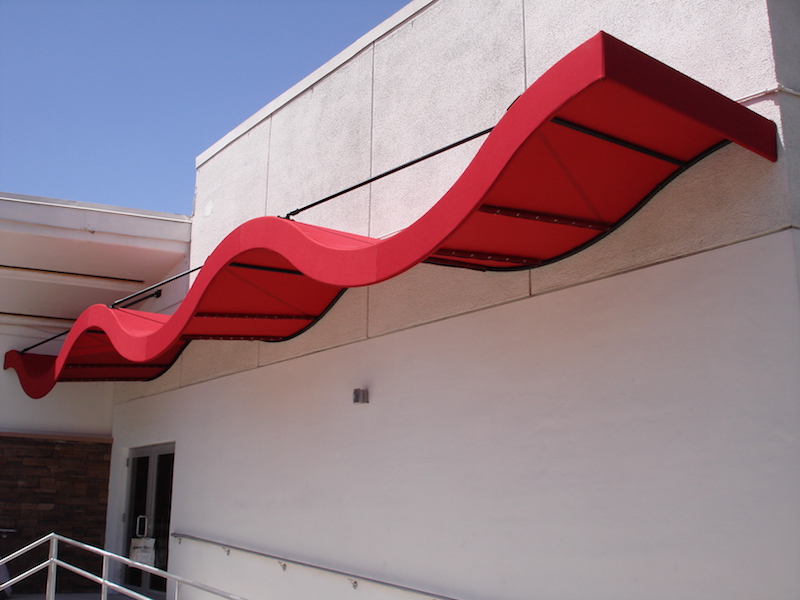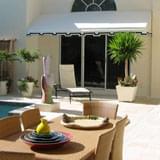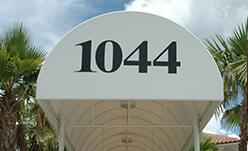Because retractable awnings can vary greatly in design and application, there are only a few broad engineering considerations.
Most lateral arm retractable awnings are limited by their design to the external wind conditions when considering uplift. Because there are no fixed members holding the front bar of the awning, winds over 35mph (or less depending on the exposure) can be damaging as the cover will usually capture the wind and act more like a sail than a shade cover. Rain can also severely damage a lateral arm retractable awning so it recommended that a minimum pitch of 3.5″ be applied for every 12″ of projection. This will provide ample protection against water collection in a light rain and probable damage. Lateral arm retractable awnings are not intended for heavy winds and/or rain and they should be treated as sun control products only.*
Drop arm retractable window and door awnings are generally much smaller than lateral arm awnings and are designed with an adequate amount of pitch, thus they are much less susceptible to wind/rain damage. Also, because they utilize a more ‘fixed’ part approach to retracting, the structural members allow for direct transmittal of force to the structure they are attached to.*
Retractable canopies are extremely weather resistant and can take a great deal of force. Keep in mind that a smaller structure will be able to withstand greater forces than larger ones because most models use the same materials for construction without bias to size. Although retractable canopies are designed for water management, they still require 3.5″ to 12″ for ample water runoff. Because retractable canopies require columns at the front of the structure, a 4” reinforced slab or concrete footer must be incorporated into the design and cost of the structure for ample uplift protection.*
The most crucial engineering detail for all retractable awnings is anchoring. When designing the mounting substrate for retractable awnings, the best materials to use is solid concrete or wood/metal beams. All anchors should be a minimum of 3/8″ thick stainless steel with a minimum imbed of 3″.*
As always, it is best to involve a local awning professional or engineer in the design phase to ensure the highest quality and longest lasting product for your customer.
*The information provided is simply a generalization to demonstrate the terms as they are listed and should never be used in any calculations for any project.




